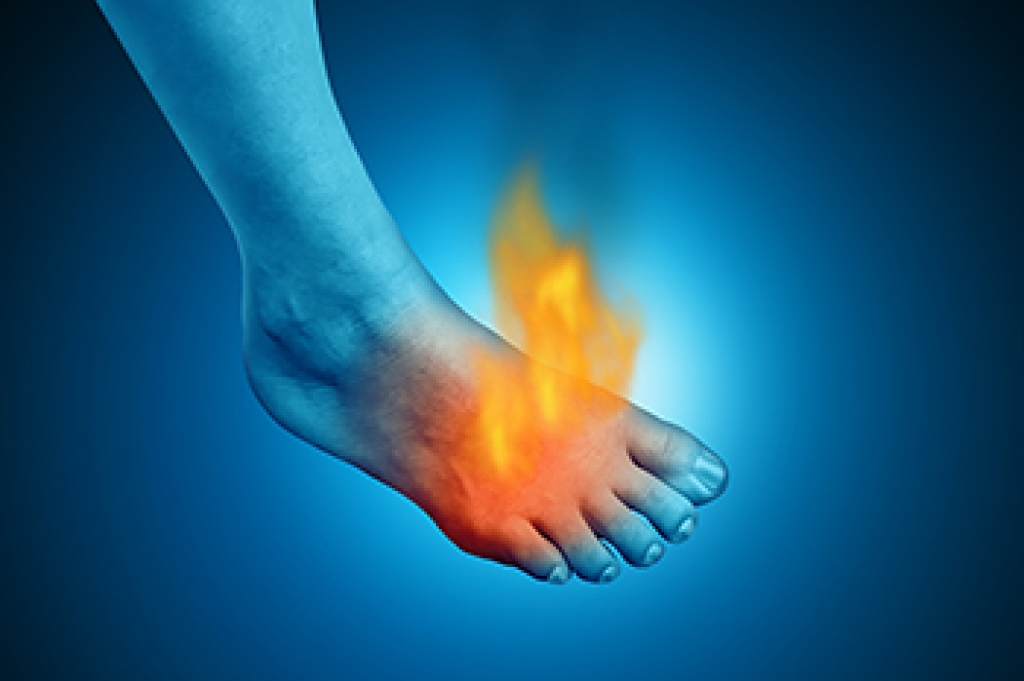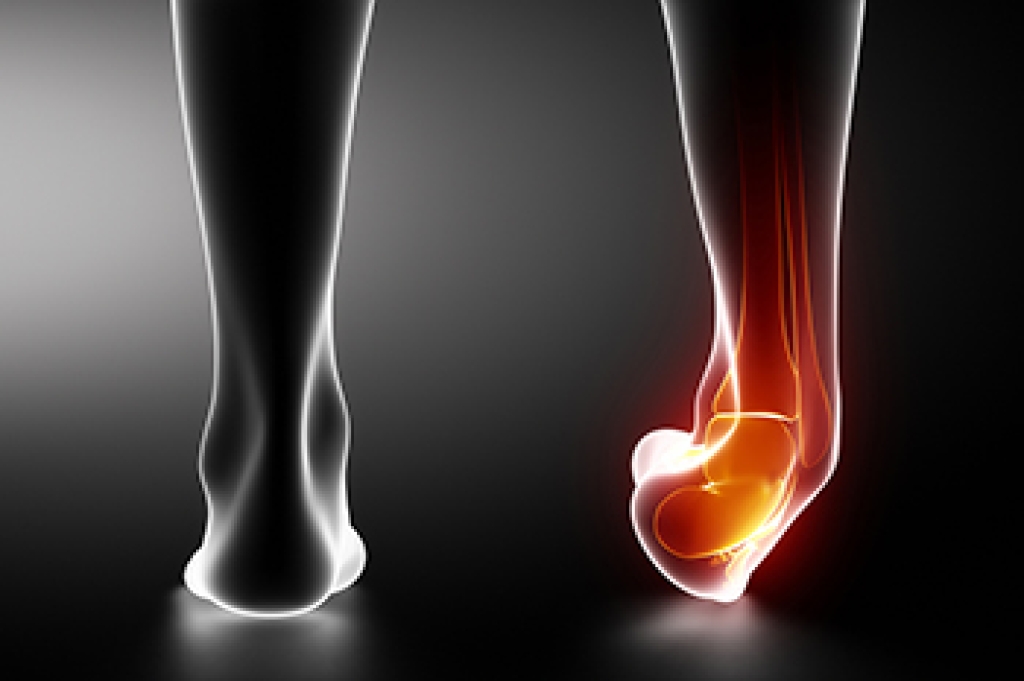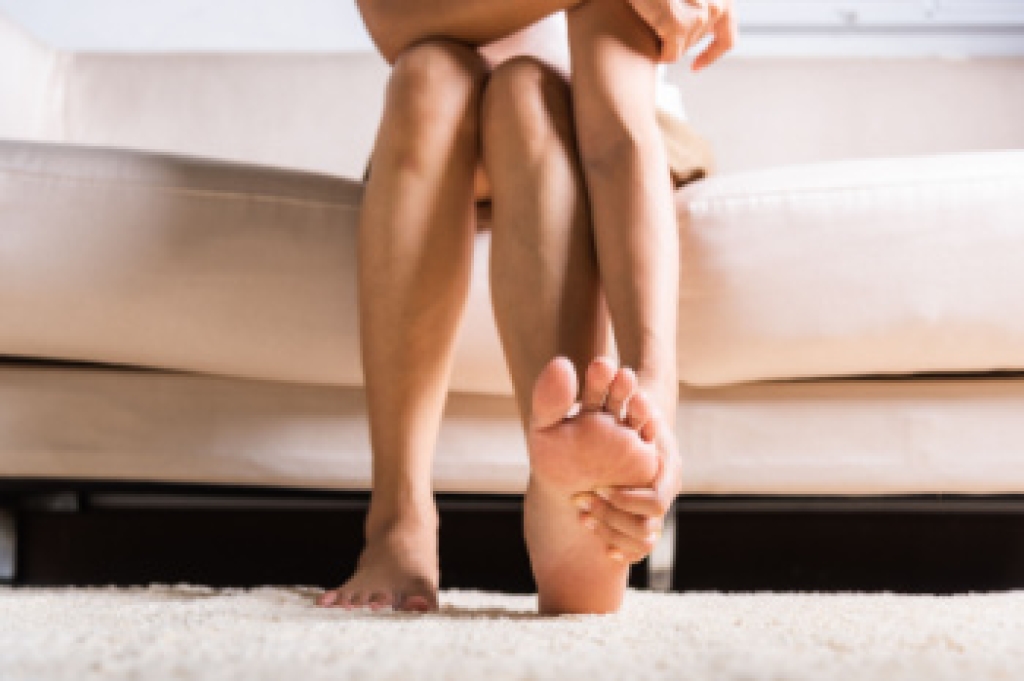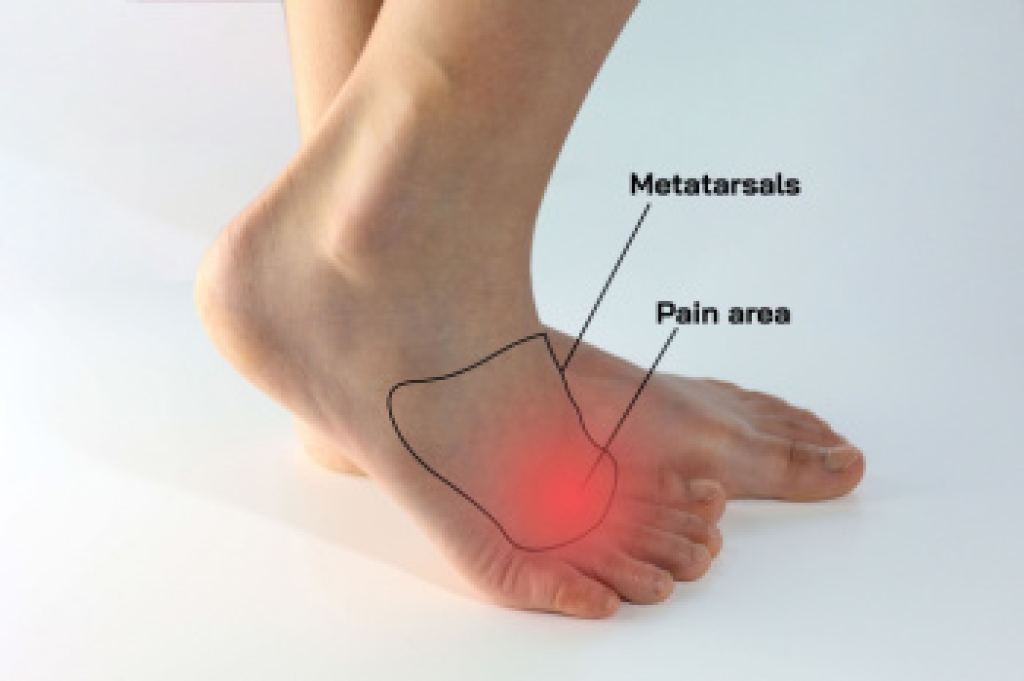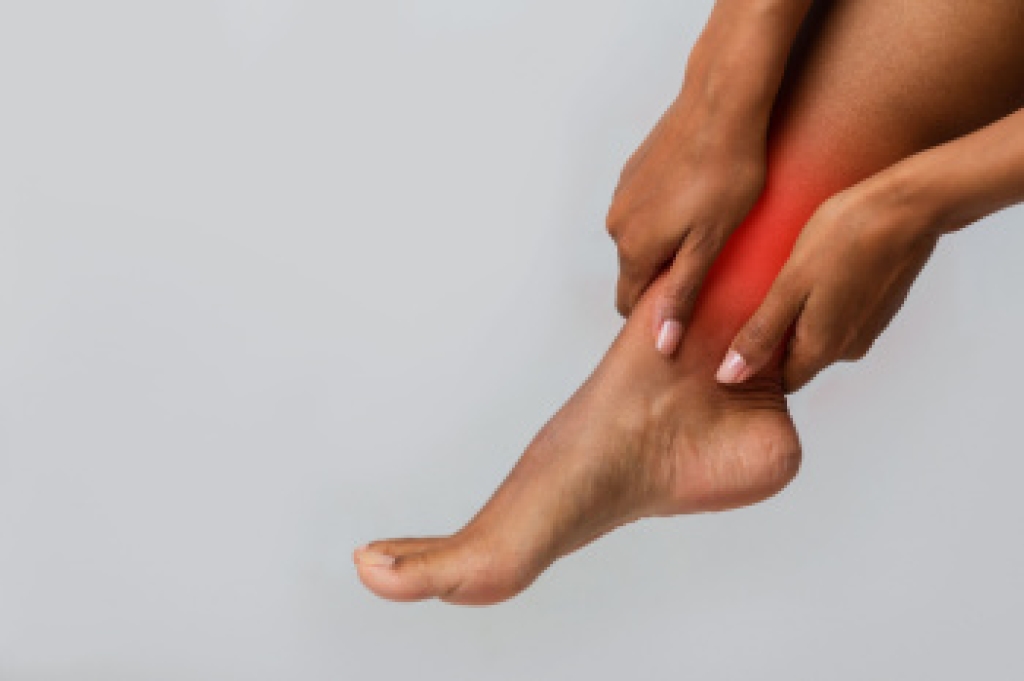
Chondrosarcoma of the talus is an extremely rare bone cancer that develops in the cartilage-producing cells of the ankle. Because the talus plays a central role in weight-bearing and motion, early symptoms may appear subtle and are often mistaken for routine ankle problems. People may notice persistent pain, swelling, or stiffness that does not improve with rest. As the condition progresses, discomfort may intensify, and walking can become more difficult. Unlike common ankle injuries, this type of tumor tends to cause symptoms that gradually worsen rather than improve. Early evaluation is important because accurate diagnosis requires imaging and expert assessment. A podiatrist can recognize when symptoms are out of the ordinary and guide you toward the appropriate specialists for further testing and treatment. If you have ongoing ankle pain or swelling that does not respond to typical care, it is suggested you see a podiatrist for timely evaluation.
Ankle pain can have many different causes and the pain may potentially be serious. If you have ankle pain, consult with Vrunda Dalal, DPM from Sole Focus Foot and Ankle. our doctor will assess your condition and provide you with quality foot and ankle treatment.
Ankle pain is any condition that causes pain in the ankle. Due to the fact that the ankle consists of tendons, muscles, bones, and ligaments, ankle pain can come from a number of different conditions.
Causes
The most common causes of ankle pain include:
- Types of arthritis (rheumatoid, osteoarthritis, and gout)
- Ankle sprains
- Broken ankles
- Achilles tendinitis
- Achilles tendon rupture
- Stress fractures
- Tarsal tunnel syndrome
- Plantar fasciitis
Symptoms
Symptoms of ankle injury vary based upon the condition. Pain may include general pain and discomfort, swelling, aching, redness, bruising, burning or stabbing sensations, and/or loss of sensation.
Diagnosis
Due to the wide variety of potential causes of ankle pain, podiatrists will utilize a number of different methods to properly diagnose ankle pain. This can include asking for personal and family medical histories and of any recent injuries. Further diagnosis may include sensation tests, a physical examination, and potentially x-rays or other imaging tests.
Treatment
Just as the range of causes varies widely, so do treatments. Some more common treatments are rest, ice packs, keeping pressure off the foot, orthotics and braces, medication for inflammation and pain, and surgery.
If you have any questions please feel free to contact our office located in Marlton, NJ . We offer the newest diagnostic tools and technology to treat your foot and ankle needs.
